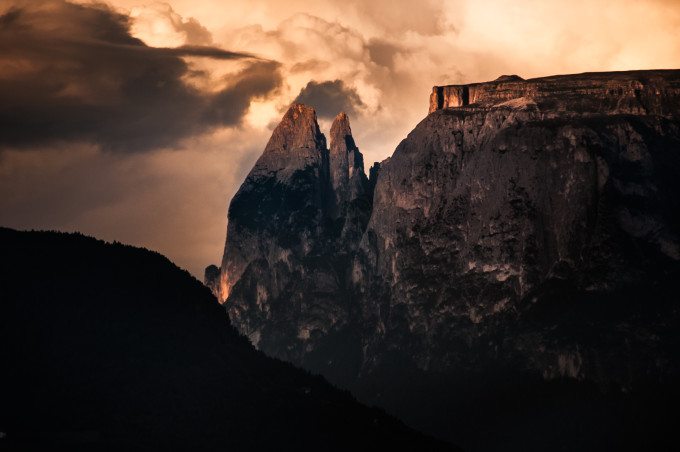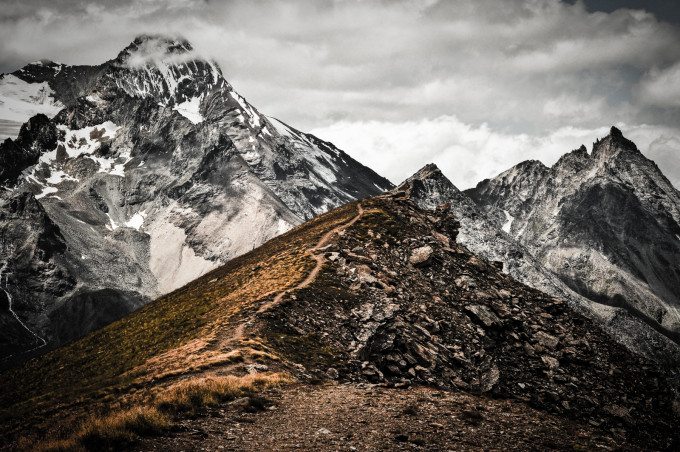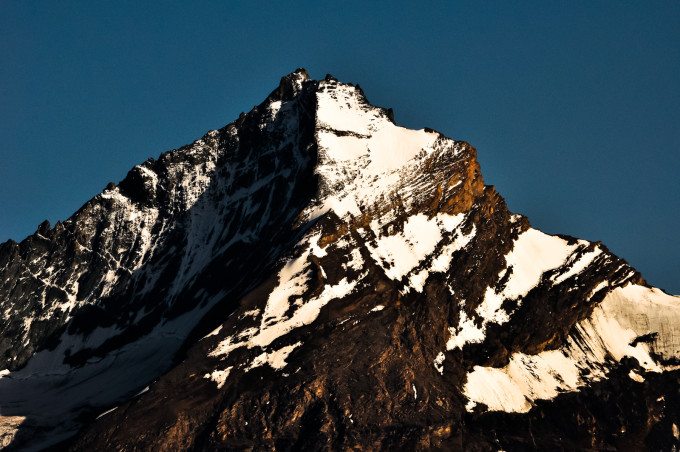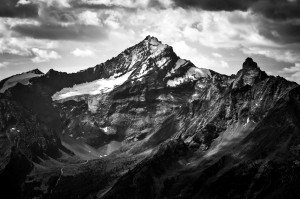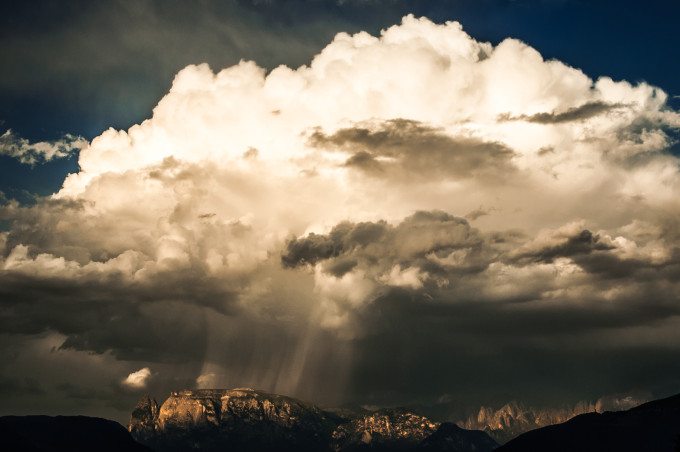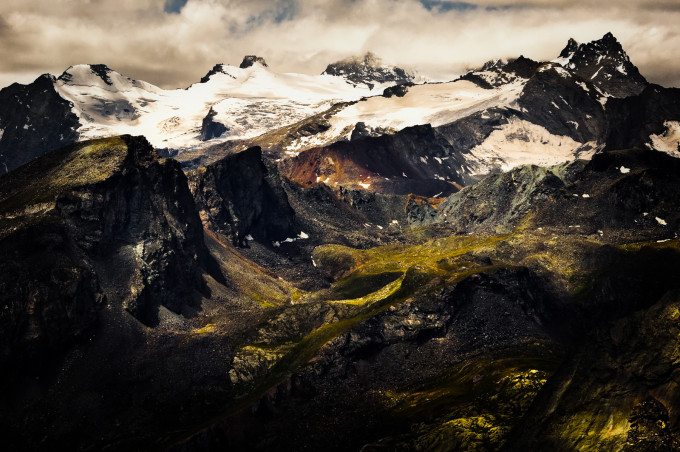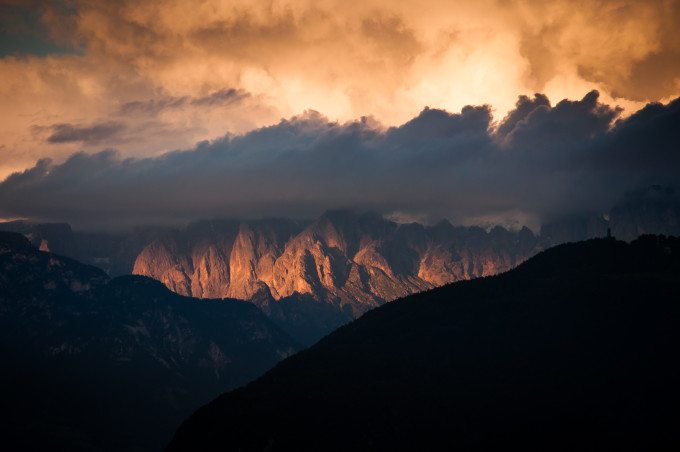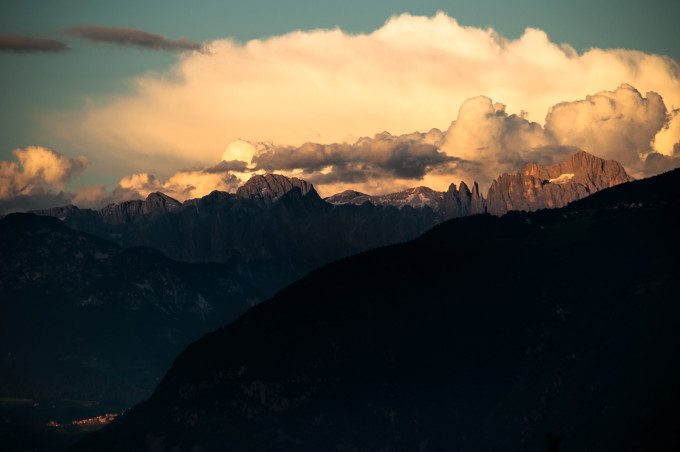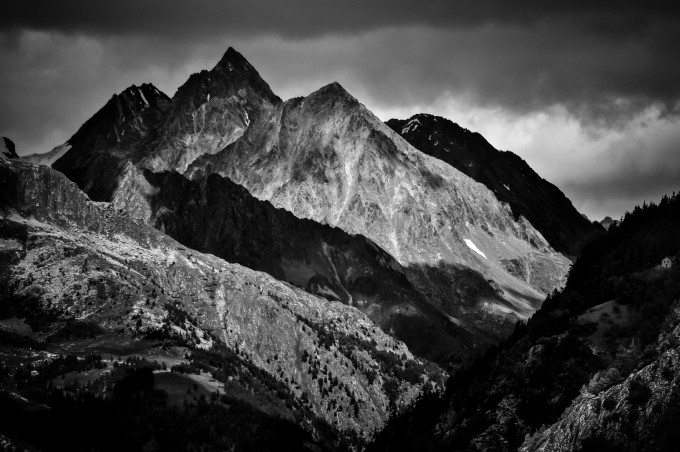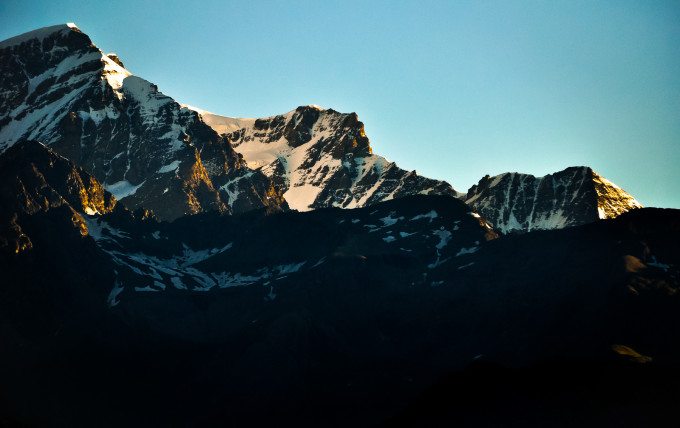Last Updated on 01/08/2015 by Chris Gampat
All images by Erwin Van Asperen. Used with permission.
What would it take for you to scale high mountains where the oxygen gets thinner and it gets much colder just for you to take a beautiful photograph? Photographer Erwin Van Asperen is one of those shooters. Born in Holland, Erwin is a musician, civil engineer and photographer that started his craft in 2008 after catching the travel bug. When hiking across Europe, he figured that capturing the sites that he saw would be his other creative outlet.
We talked to Erwin about switching from Nikon to Olympus a while back, but now we chatted about what it’s like to hike up tall mountains and capture epic mountain views.
Phoblographer: How did you first get into photography?
Erwin: At first, it was curiosity. My dad used to own an analogue Nikon (from what I recall–a Nikon F50 camera. When I was about 7 years old I just liked the sound of the shutter and the fact that my dad captured the feeling of events happening in front of my and his eyes. In fact, a lot of these events were walking in the woods and mountains.
When I grew older I realised I wanted to do the same thing for my journeys. I figured that it sounds simple and it probably is, though I am still trying to get good at it. I also wanted something beside my music to sort of get lost in. I love the creative process I’ve had so far learning how to document my feelings during a journey in pictures.
Phoblographer: What attracts you to photographing mountains?
Erwin: Mountains make you feel like a humble, small creature in a big world we all try to control, though in the end we can at most only try to defend ourselves against (as corny as it may sound) the forces of nature.
I also love the myths around mountaineering and the pioneers of this “sport”. Ever since I saw a documentary about the legendary Eiger mountain (Switzerland) and its almost inaccessible summit, I was sold by the terrifying beauty of mountains. They represent one of the things I like about nature: Nature doesn’t/can’t judge, nature just happens. I love mountains for being both beautiful and misleading and because they make me feel unimportant. Whatever I feel before going on a hike, once I’m at it, everything is gone.
You’re just one tiny dot in a land of giants.
Not much else matters to you other than the very next step you’re about to take. It’s simple, it’s pure. It’s inspiring.
I felt the need to document that in pictures. I want to let other people experience the same feelings when they look at my pictures…
“Mountains make you feel like a humble, small creature in a big world we all try to control, though in the end we can at most only try to defend ourselves against (as corny as it may sound) the forces of nature.”
Phoblographer: Talk to us about the gear that you use for photography like this.
Erwin: Lately I got myself new gear, the Olympus OM-D E-M5. But I used to own a Nikon DX camera with Tokina 12-24 and Nikon 55-300mm lenses. That’s all I ever used in the mountains. And most of the time I used the extreme angles on both side of the spectrum of these lenses – 12mm (35mm or ff eq. = 18mm) and 200-300mm (35mm eq.= 300-450mm).
My new setup is likely going to be the Olympus 9-18mm or 7-14mm lens (when it comes out) because of its weather sealing and the Olympus 40-150mm f 2.8 (again weather sealing) or Panasonic 100-300mm and perhaps another OM-D, the E-M1, for whenever I would take photographs in more extreme conditions (because the E-M1 also works in subfreezing temperatures to -10° C).
The most important thing to me is that the extreme FOV of these types of lenses can give you a sense of scale in your photography, and that’s a necessity when it comes to mountain photography.
I bought the E-M5 because it is small, lightweight and weather sealed. Therefore I can take longer hikes with less gear lugging around my shoulders and I can take pictures in harsh conditions without needing to worry that much about my gear. Also, it gets insanely far with its 2x crop factor yet in a small package and has all the functionality I need.
I don’t use a tripod that often, though sometimes I am forced to. I always take several polarizers and gradual neutral density filters with me. On the long focal length you’re definitely going to need polarizing filters, because they are generally going to result in more contrast-rich pictures. Shooting something distant is likely going to look a bit hazy otherwise.
I use the gradual neutral density filters on wide angle shoots, because polarizers don’t work well on the wide end.
Phoblographer: How do you prep for shooting on excursions like this when it comes to gear, safety, and other needs.
Erwin: Usually I prepare a journey or a walk with a map and some sort of hiking guide of the region I am at or want to go to. Once there, I focus on the most essential stuff for a long hike:
-(more than enough) water and food
-Proper clothing
-A proper backpack.
I take enough clothes with me so I can adapt to the ever (fast) changing weather conditions in mountain regions; usually stuff like a rain jackets, backpack rain covers, spare socks, a sweater, hood, etc. and of course a map.
Usually I keep my camera around my neck for short periods of time (whenever I stumble upon a good frame) but most of the time I put it back in my backpack. Landscape and mountain photography requires patience and time, so you don’t need to be that quick. Having said that, I do use bags that gives you quick access to your camera, just for convenience sake. Bags like the fastpack series from lowepro are quite good for shorter hikes. Don’t look for the good looking bags, you go for pure functionality when you’re hiking. I used to own several backpacks for different hikes, though all of these had enough space for a camera with at least two lenses, around 3 spare batteries and a variety of filters.
And I usually leave early for the hikes–In mountain regions, most of the time the weather changes in the afternoon and you don’t want to get caught in a storm as night falls.
Phoblographer: How do you go about finding locations? Is there research done beforehand?
Erwin: Once I determined to go to a certain country or region, the locations I want to shoot I decide by going through hiking guides, maps and google earth.
You know, I don´t really plan the photography, rather I plan the hike and the journey – I try to plan the experience itself. I don’t necessarily need to take a photograph, but I do need to have a beautiful journey or experience, only in that way I can hope to capture what I felt at the time…
Phoblographer: This is no doubt some dangerous work. What’s the scariest moment that you’ve had while doing it?
Erwin: I do not recall any truly scary moments as of yet, though that’s mainly because I am not that scared of heights whenever it comes to mountains and valleys. On buildings I (strangely enough) found that to be very different: even 30 meters is enough for me to get scared.
It probably has something to do with me thinking mountains are somehow such fundamentally structured monuments. They give me a sense of safety because of their huge, rock solid appearance.
I can only recall one moment being a bit scary: We were on a trip to the Geissler mountain range, part of the Italian Dolomite mountains. We started hiking too late with too little gear (no rain jackets, sweaters, etc.) and suddenly the weather changed. We were still at about 2500 meters high when it started to rain. The lightning was quite far off yet though it was coming our way fast.
Fortunately, the last part of the walk actually led over a ski slope so the terrain was very steep, but easily passable. We pretty much ran the last part for the whole distance (about 5 kilometers), making way bigger process than anticipated, got lucky. That was really the one of the few risky situations I can recall.
I also must note that didn’t took any big risks when taking a hike. It just wasn’t necessary so far. I could rave about attempting hikes with lots of suffering, blood, sweat and tears, though to be honest, I never really got any higher than about 10.000 feet. That’s because I haven’t been to mountain regions where I needed to go much higher in order to see beautiful things and capture a good picture.
All this doesn’t mean the hiking is a joke: you need to be sure on your feet, well prepared and physically fit enough to walk at least 20 (or so) mountain miles with a heavy load on your back.
Phoblographer: How long can it be until you get the right photo that satisfies you?
Erwin: That really depends. My photography just sort of happens during the walk, me taking 50 frames in 5 minutes, while later on taking none for at least an hour or so. It happens in short bursts of 10~20 frames, mainly because I refuse to use a tripod that often and as a result of that framing with focal lengths of 300mm and more tends to be rather tricky, so taking short bursts will give me a higher rate of success.
I do need my travel companions to be quite patience, though most of the time I can keep up with the regular pace. During the hikes I quite often check (using my hands) to determine whether I’ve found a good frame or not. Once I think I have found it, it usually takes a few minutes to get it right from framing, controlling exposure, polarizing the region, focusing and taking the burst shots.
Once at the place to stay for the evening it takes about half an hour and I definitely make use of a tripod more. I usually take quite a lot of pictures during the golden hour at the evening or in the morning. Golden light and mountains are an evening more fascinating sight.


